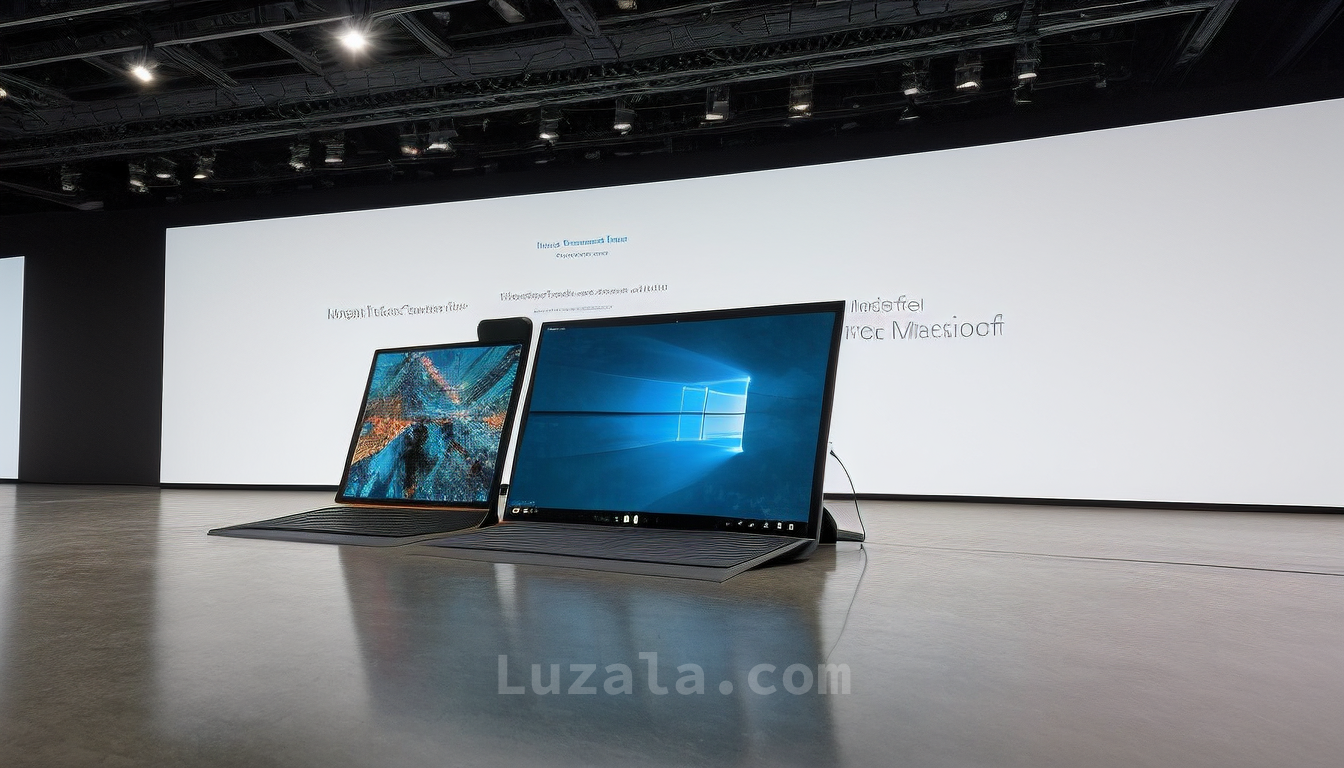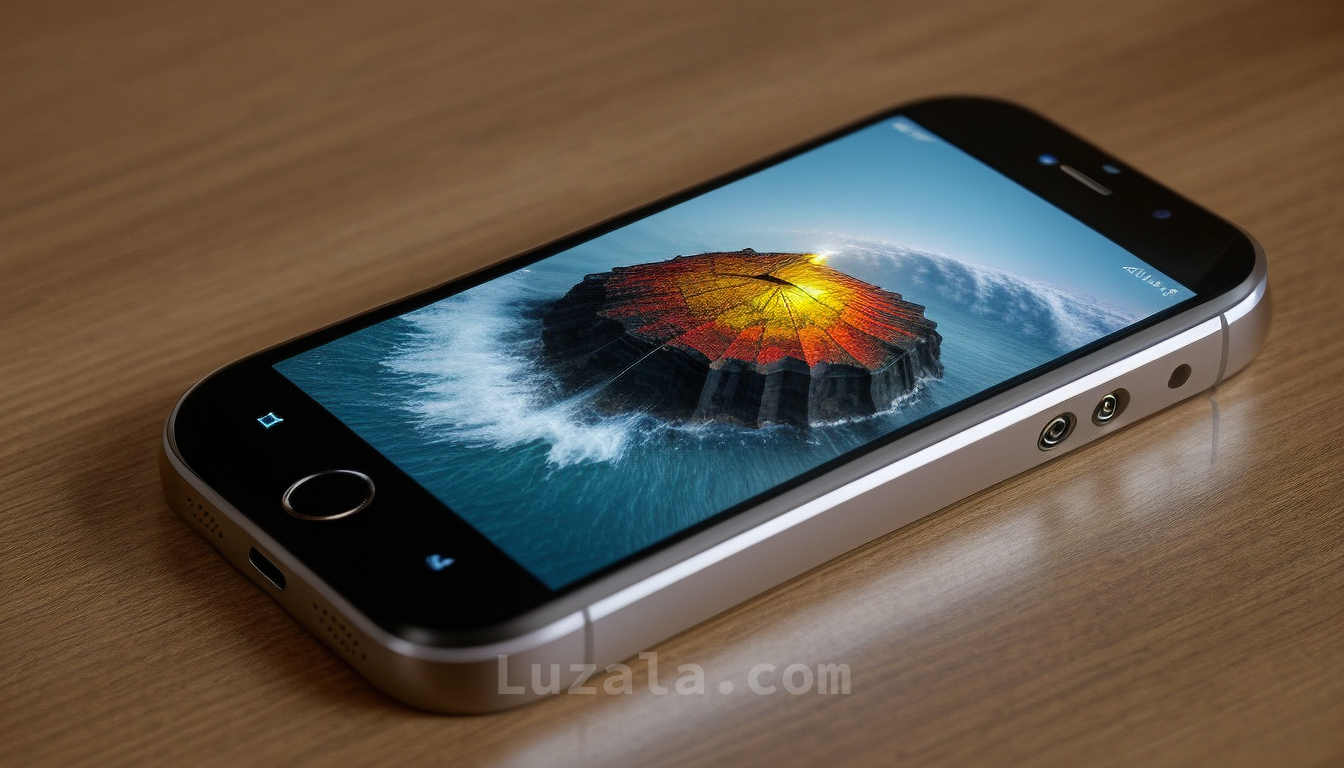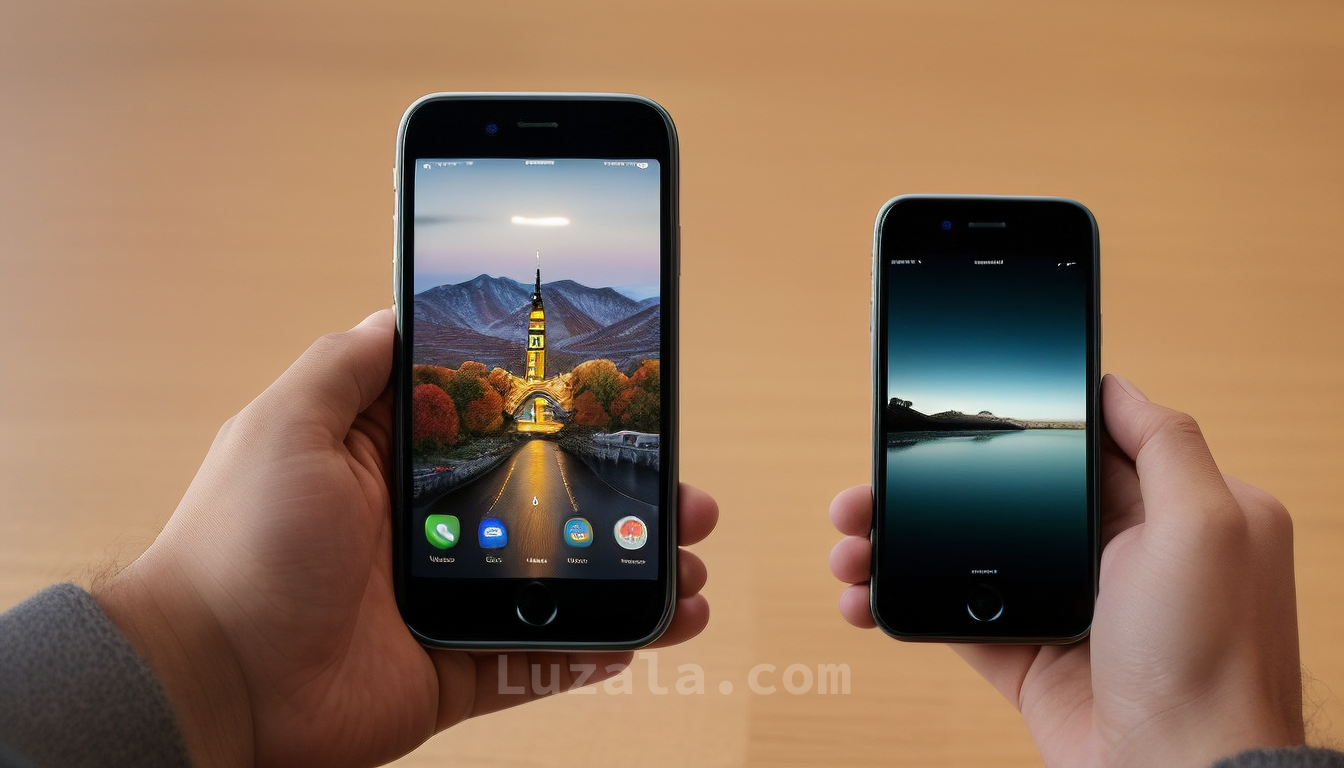Unveiling Apple's iPhone 15 Pro Price Hike: What's Behind the Increase?
Apple's iPhone 15 Pro and Pro Max are set to see a price hike due to titanium chassis and periscope lens upgrades. Apple's strategy aims to balance demand between Pro and non-Pro models, with price differentials encouraging Pro model sales. Renowned analyst Dan Ives predicts a $100 price increase for the Pro models. Additionally, the standard iPhone 15 models surprise with advanced camera technology ahead of the Pro models, signaling Apple's commitment to innovation. Consumers will have a wide range of choices, depending on their preferences and budgets, when the new iPhones hit the market.
The anticipation surrounding Apple's latest iPhone release, the iPhone 15 Pro and iPhone 15 Pro Max, has been met with both excitement and concern as reports suggest a significant price increase for these flagship models. Recent insights from industry analysts shed light on the reasons behind this price hike and the strategic moves Apple is making in the smartphone market.
The Cost Drivers: Titanium Chassis and Periscope Lens
A recent report by Digitimes has unveiled the driving forces behind the potential price increase of the iPhone 15 Pro series. Two main factors stand out: a switch from stainless steel to titanium for the chassis and the introduction of a periscope lens, exclusive to the Pro Max model, enabling 5-6x optical zoom.
Titanium, while known for its strength and lightweight properties compared to stainless steel, has been recognized as a significant cost contributor for Apple. Initially, there were hopes that this cost increase would not be passed on to consumers, but it appears that the shift to titanium has now become a reality. Moreover, the incorporation of Apple's first 10x optical zoom camera further aligns with claims that the iPhone 15 Pro Max may see a price increase of up to $200, potentially making it the most expensive iPhone ever released.
Price Stratification Strategy: Pro vs. Non-Pro
Apple's strategic move towards differentiating its Pro and non-Pro iPhone models has gained momentum with the introduction of the iPhone 15 series. The key motivation behind this is to balance demand and widen the gap between the Pro and non-Pro models.
During the iPhone 14's lifecycle, the Pro and Pro Max models significantly outperformed the standard iPhone 14 and iPhone 14 Plus. This was primarily due to the narrow $100 price gap between the iPhone 14 Plus and the iPhone 14 Pro, a difference that becomes less significant when spread across a typical two-year carrier contract.
Apple, known for maintaining consistent profit margins across all iPhone models, seeks to equalize demand to optimize its supply chain. The new pricing structure aims to achieve this equilibrium by making the iPhone 15 Pro $300 more expensive than the standard iPhone 15 and the iPhone 15 Pro Max $400 more expensive than the iPhone 14 Plus. Even when considering extended carrier contracts, these price differences are substantial enough to make potential upgraders reconsider their choices. Simultaneously, Apple can raise the average selling price of its iPhones, a strategy deployed at a time when the overall smartphone market is experiencing a significant decline.
Feature Differences: What You Get for the Price
While the price increase may raise concerns, understanding the differences in features is crucial in evaluating whether the higher cost is justified. Reviews will be necessary to provide a comprehensive assessment, but based on historical trends, the standard iPhone 15 models are expected to offer an upgrade over the iPhone 14 Pro at a lower price point. This includes features like the A16 chip, Dynamic Island design, and a 48-megapixel camera.
In contrast, the iPhone 15 Pro models are pushing the envelope with record-breaking bezels, a new chassis material (titanium), Thunderbolt 4 USB-C ports, the industry's first 3nm smartphone chip in the A17, and the Pro Max's exclusive periscopic zoom camera. Additionally, users can anticipate significant improvements in battery life.
Analyzing the Pricing Strategy
The pricing strategy for the iPhone 15 series appears to be a careful balancing act. While the starting prices remain reasonable, consumers who are willing to spend more will undoubtedly receive a substantial increase in features and capabilities. The price differential is designed to encourage users to consider the Pro models, potentially driving sales and profit margins for Apple.
Industry Analysts Weigh In
Adding to the discussion, respected industry analyst Dan Ives predicts that the iPhone 15 Pro will start at $1,099, with the iPhone 15 Pro Max priced at $1,199, representing a $100 increase compared to their predecessors. These prices align with previous leaks and indicate that Apple is willing to take a somewhat conservative approach to pricing.
However, it's worth noting that other insiders have suggested a larger $200 price increase for the iPhone 15 Pro Max. If Dan Ives' predictions hold true, Apple's pricing strategy might be less disruptive, with a $100 increase unlikely to significantly deter upgraders from choosing the standard iPhone 15 models.
A Surprise for iPhone 15 and 15 Plus Models
In an intriguing twist, respected Apple analyst Ming-Chi Kuo has revealed that the iPhone 15 and iPhone 15 Plus will be the first iPhones to feature stacked CMOS Image Sensors (CIS). Previously, it was expected that this technology would debut in Apple's smartphones with the iPhone 16 Pro and Pro Max in 2024.
Apple traditionally sourced image sensors from Sony for its iPhone cameras. The introduction of stacked CIS sensors promises improved dynamic range and low-light performance. With a superior physical sensor, the burden on the smartphone's image processing to correct images is reduced, resulting in more natural-looking photos. This shift could address criticisms of Apple's iPhone 14 image processing.
The decision to equip the standard iPhone 15 models with this advanced technology ahead of the Pro models may compensate for the lower overall cost of their camera components. Given that the standard models are expected to have lower sales volumes than the Pros, this strategy allows Apple to test the technology on a smaller scale before incorporating it into all iPhone 16 models in 2024.
The Path Forward
For consumers, this strategic move by Apple offers a range of choices based on their preferences and budget. Those willing to invest in the Pro models will enjoy cutting-edge technology, while the standard models offer a compelling upgrade at a lower price point.
As the market eagerly awaits the release of the iPhone 15 series, it's clear that Apple is aiming to balance its product lineup, optimize its supply chain, and continue to offer innovative features that appeal to a broad spectrum of users. Whether this strategy pays off will become evident as consumers make their choices in the ever-evolving world of smartphones.
In conclusion, the iPhone 15 series promises to be a testament to Apple's commitment to innovation, offering a diverse range of options for tech enthusiasts and casual users alike. As for potential buyers, making an informed decision based on individual needs and priorities will be key when the latest iPhones hit the market.
Download your fonts:
PW Ficelles Font - Free Download
PW Trombone Font - Free Download
Inside Flower Font - Free Download
DiscoRush Font - Free Download















Comments